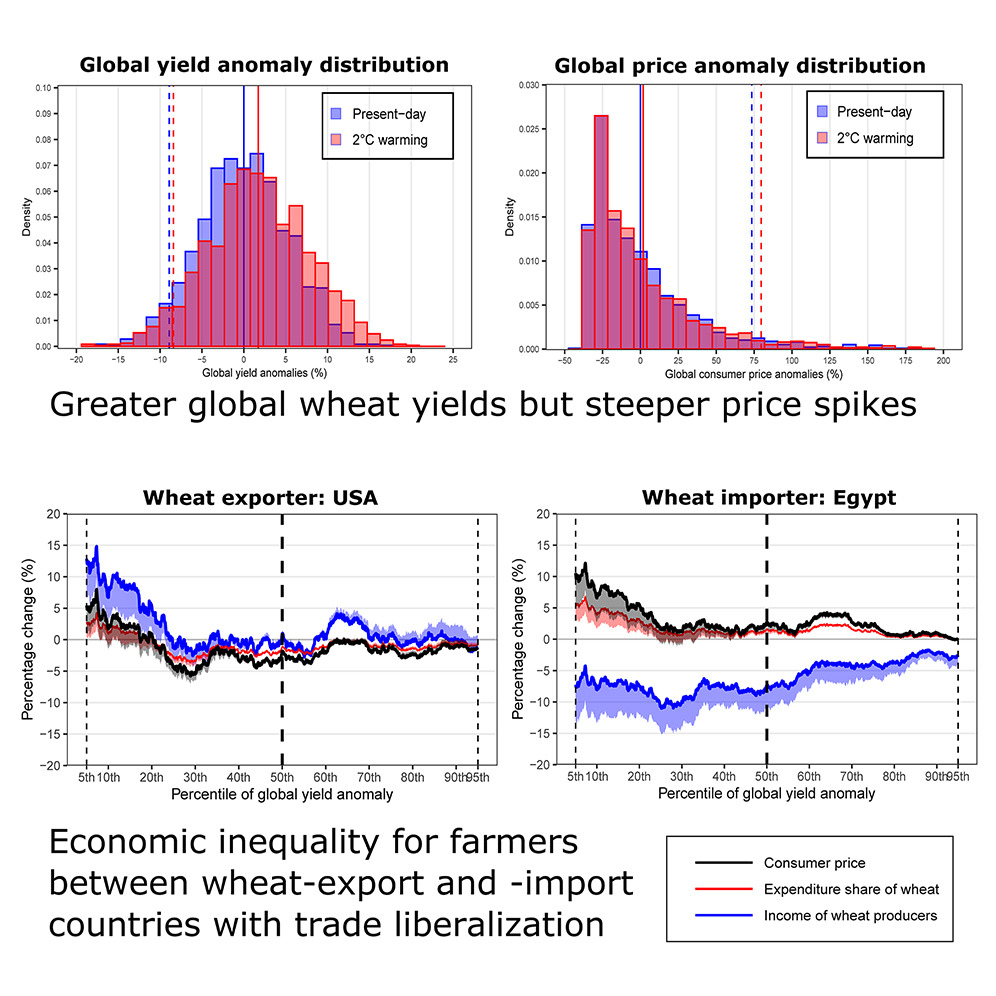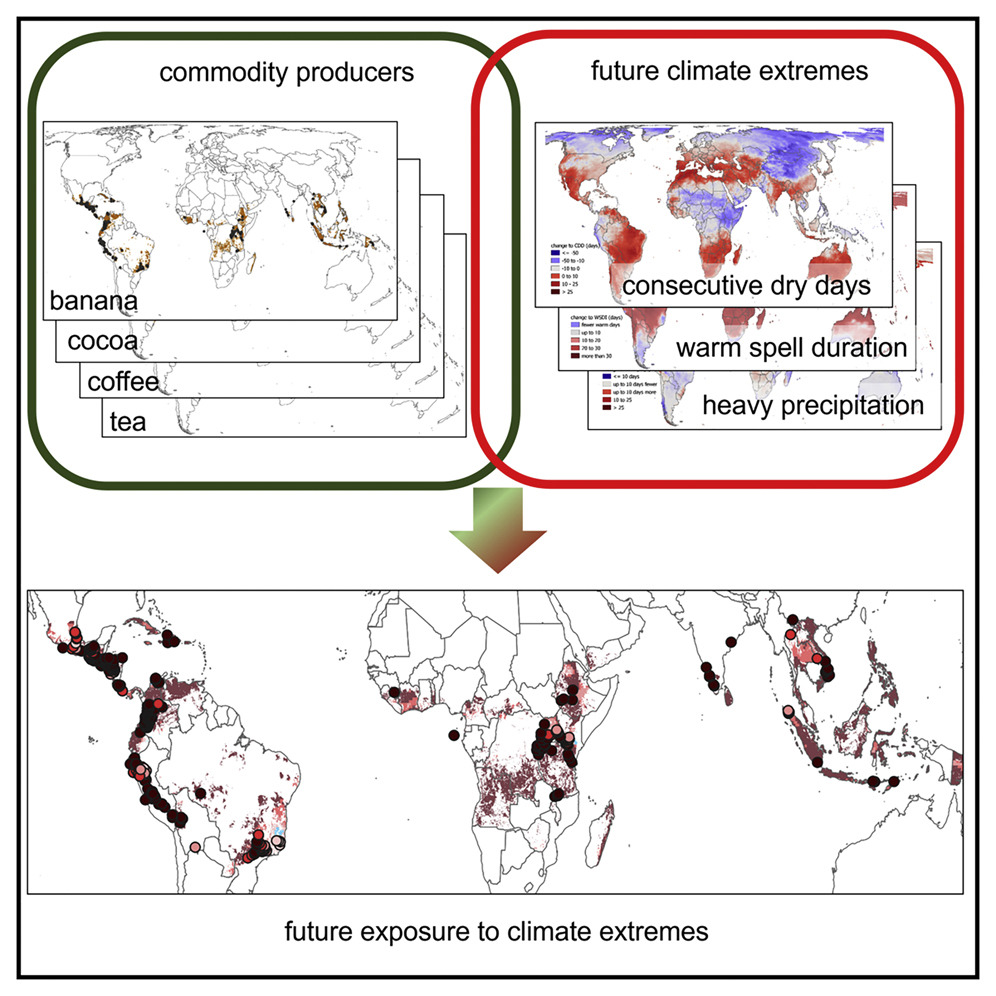Landscape and Urban Planning, Volume 214, October 2021, article 104181
Journal of Water Process Engineering, Volume 48, August 2022
Relationship Between Microbes and the Environment for Sustainable Ecosystem Services, Volume 2: Microbial Mitigation of Waste for Sustainable Ecosystem Services, Volume 5, 1 January 2022
uan Cuong Nguyen, Thi Thanh Huyen Nguyen, Quoc Ba Tran, Xuan-Thanh Bui, Huu Hao Ngo, Dinh Duc Nguyen,
Chapter 21 - Artificial intelligence for wastewater treatment,
Editors: Xuan-Thanh Bui, Dinh Duc Nguyen, Ashok Pandey,
Advances in Biological Wastewater Treatment Systems,
Elsevier,
2022,
Pages 587-608,
ISBN 9780323998741
Integrating Mental Health and Disability Into Public Health Disaster Preparedness and Response
2022, Pages 73-94


